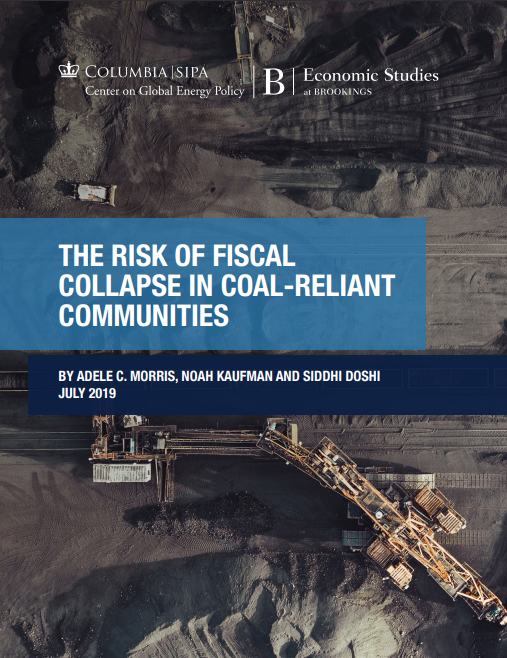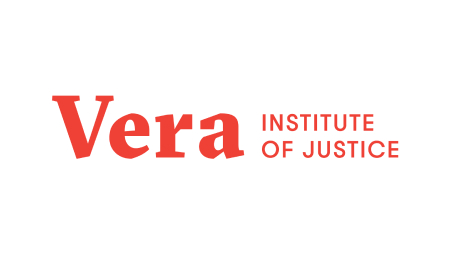The report indicates, with great concern, the economic challenges and potential fiscal collapse that coal-dependent communities are likely to face. These communities’ vulnerability to downturns primarily stems from the decreasing demand for coal, influenced significantly by environmental concerns, the rapid expansion of renewable energy, and dramatic market shifts. The Risk of Fiscal Collapse in Coal-Reliant Communities
Furthermore, it emphasizes the urgent need for economic diversification in these regions to avert a looming fiscal collapse. It strongly advocates for promoting sustainable industries and insists on investing in workforce development and retraining. Additionally, it recommends implementing proactive measures to ensure the resilience of coal-reliant communities in the face of rapidly changing energy landscapes.
Key factors
- Dependency on Fossil Fuel Revenue: Coal-dependent local governments heavily rely on revenues like severance taxes, royalties, and sales taxes from fossil fuel production. Policies reducing coal production can significantly impact revenue, property values, and economic activity.
- Vulnerability to Climate Policy: Climate policies pose risks to coal-dependent areas due to the carbon intensity of coal and competition from cleaner energy. Federal climate policies could significantly reduce coal production, leading to job losses and economic issues in these areas.
Overview
Introduction
Provides a thorough overview of the challenges faced by coal-reliant communities. It sets the groundwork for further analysis of fiscal collapse risks and mitigation recommendations. Given the changing climate policies and industry transitions, it underscores the need for proactive steps and strategic planning to address the financial vulnerabilities of jurisdictions reliant on the coal industry.
- Context: Delivers a snapshot of the financial risks local governments, especially coal-dependent counties, face due to the potential decline of the coal industry. It emphasizes the unpreparedness of these communities in dealing with the financial impact of climate policies.
- Climate Policy Focus: Stresses the uncertain US national climate policy and increasing support for significant climate action. It stresses the need for coal-reliant communities to manage risks in a carbon-limited future.
- Research Objectives: Aims to study the effects of a carbon-constrained future on coal-reliant local governments, scrutinize US coal production prospects, identify financial risks to county budgets, and discuss jurisdictions’ duties to disclose these risks during bond issuance.
- Key Findings: Highlights the decline in US coal production, counties’ dependency on coal revenue, and underestimation of coal industry risks due to economic ripple effects.
- Importance of Disclosure: Underlines the need for clear risk disclosure related to climate policies and coal industry decline, especially in municipal bond issuance. It questions current disclosure adequacy and the necessity of stakeholders to account for these risks.
Quantifying the Fiscal Exposure to Coal
The segment on financial risk in coal reviews history, current issues, and future forecasts of U.S. coal production. It underlines strategic planning and diversification in coal-reliant communities to adapt to energy shifts and reduce financial risks.
- Historical Context: In the early 1900s, coal, mainly used for electricity, dominated U.S. energy sources. Although coal usage nearly tripled from the 1960s to the 2000s, production shifted geographically, with the Powder River Basin in Wyoming and Montana significantly increasing.
- Decline in Coal Production: U.S. coal production fell 32% from 2007 to 2017, reflecting the energy sector’s trends and competition from cleaner technologies.
- Implications for Coal-Reliant Jurisdictions: Underscores the impact of federal climate policies on coal-reliant areas, emphasizing risks such as decreased revenue, property value, workforce, and economic activity. It accentuates the need for policy planning and local economic diversification to avert fiscal collapse.
- Modeling Projections: Involves projecting U.S. coal production under different policies to understand the industry’s future and its impact on coal-dependent jurisdictions, thus guiding policymakers to address energy sector changes proactively.
Lessons from Other Contexts
It offers valuable insights for policymakers, investors, and stakeholders in coal-dependent communities. It stresses the importance of proactive planning, diversified economic strategies, and efficient policy responses. These steps are crucial to managing industry decline challenges and minimizing the risk of fiscal collapse in these communities.
- Case Studies: Illustrates with case studies how local economies are impacted when geographically concentrated industries such as South Wales’ coal industry, Aliquippa’s steel industry, Detroit’s auto industry, and Greenville’s textile industry collapse.
- Policy Responses: Examines policy responses to industry collapse for economic insights. Investigates how different regions and industries tackle similar problems, providing strategies for economic diversification, workforce retraining, and community revitalization.
- Municipal Bonds Risks: Discusses the risks of municipal bonds from coal-reliant areas, highlighting the impact of declining coal production on bond creditworthiness. Investors, rating agencies, and policymakers need to understand these financial implications.
- Regulatory Framework: Covers the regulatory framework of municipal bonds, the impact of climate policies and industry shifts on coal-dependent communities, and the need for transparent disclosure and risk assessment.
Municipal Bonds Risks
Examining municipal bond risks in coal-reliant communities underlines the need for risk assessment, disclosure, and regulatory compliance. This protects investor interests and maintains financial stability in areas facing industry decline. Proactive strategies are required to handle coal industry transitions and reduce risks to municipal bond markets in these regions.
- Role of Municipal Bonds: Municipal bonds are key for funding state and local expenditures like infrastructure, public services, and pensions. They can be tax-backed general obligation bonds or project-backed revenue bonds.
- Risk Assessment: Underlines that municipal bond market participants have largely ignored the unique risks coal-reliant jurisdictions face. Despite municipal bonds’ reputation for safety and low default rates, the coal industry’s decline could affect bond repayment and creditworthiness.
- Regulatory Framework: Governments issuing bonds must disclose risks impacting repayment. The MSRB and SEC enforce rules for municipal securities disclosures, ensuring transparency and investor protection.
- Climate Policy Risks: Covers how climate policies and industry changes may risk municipal bonds in coal-dependent communities. Potential coal production decline from environmental rules or market shifts could affect these areas’ financial stability and ability to fulfil bond responsibilities.
Conclusions
The conclusions emphasize the need for coal-dependent communities to manage fiscal risks, diversify economies, obtain external help, and boost risk strategies against the coal industry’s decline. It stresses the role of clear communication, regulatory adherence, and stakeholder involvement in maintaining financial stability and sustainable growth.
- Policy Recommendations: Underlines the need for coal-dependent communities’ policymakers to recognize and mitigate their fiscal risks. It advises focusing on economic diversification, preparing for possible quick coal industry declines, and creating detailed budget data for accurate coal dependency assessment.
- Economic Diversification: Policymakers should diversify local economies and revenue systems to lessen dependence on coal. Learning from regions like Greenville, South Carolina, which successfully transitioned from declining industries, can offer insights for economic revitalization.
- External Support: Economic diversification will need substantial support for coal-dependent communities and workers, potentially from federal initiatives like the POWER program.
- Risk Mitigation: Emphasizes proactive risk mitigation about the impact of the coal industry decline on municipal bonds and local finances. It advocates for better budget data, transparency in disclosure, and regulatory compliance to inform market actors about risks.
- Future Research Considerations: Highlights key questions, suggesting future research areas like climate-related regulatory risk disclosure guidance, voluntary frameworks for public sector climate-risk disclosure, and rating agencies’ role in evaluating coal community risks.
Therefore. Nonetheless. However. Nevertheless. In conclusion. Henceforth. On the other hand. Hence. Furthermore.




